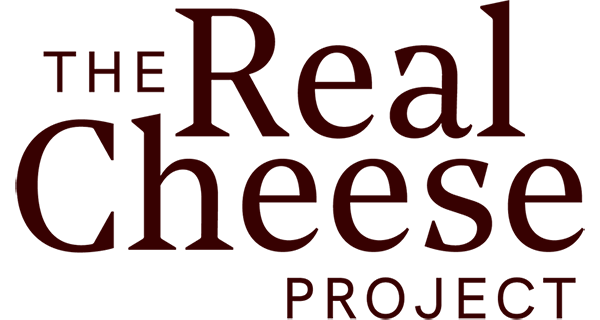On the surface
Here, James Grant looks at the rind found on brie-style cheeses.
Baron Bigod by Fen Farm Dairy
Photo credit: Angus D. Birditt @angusdbirditt
Can you eat the rind on brie? Yes, is the answer - absolutely. Let’s take a closer look...
Brie is a mould ripened cheese, and has a white covering of fungi, known as penicillium candidum. This mould is inoculated into the milk at the start of the cheesemaking process, to help coagulate the milk into curds and whey.
After the cheese is made, it’s placed into a ripening room with 90-94% relative humidity. This humidity helps the penicillium candidum mould to grow on the surface. The temperature of the room will be between 10-12.5c, also essential to allow the moulds to grow and the cheese to ripen. The mould starts to grow on the surface of the cheese within 3-4 days, before they are aged for up to eight weeks, often in cave-like environments.
The microflora that grows on the surface of brie is quite special. As the mostly white penicillium mould dominates the rind flora, it also acts to protect the cheese from other unwanted moulds. Whilst ripening, the mould is rooting into the paste below and breaking down the fats and proteins, known as proteolysis and lipolysis. This gives the brie an oozy ‘halo’ just underneath the rind.
The flavour that penicillium candidum brings is similar to button mushrooms, sprouts, garlic and cabbage. The paste underneath generally will taste rich, buttery and citrussy. When eating a brie, try the rind on its own, then the paste. They will be uniquely different, and when combined, simply delicious.
When selling, I often get asked if you can eat the rind. I do hope this has helped to dispel any myths!
Brie is a superb cheese, that some say helped shape the French nation. During the Flight to Varennes - the royal family's unsuccessful escape from Paris during in 1791 - some say that Louis XVI & Marie Antoinette decided to stop for some Brie De Meaux whilst fleeing the revolutionaries. The King's attempted flight led to charges of treason, and ultimately his execution in 1793. Thankfully not all cheese stops come at such a cost!

